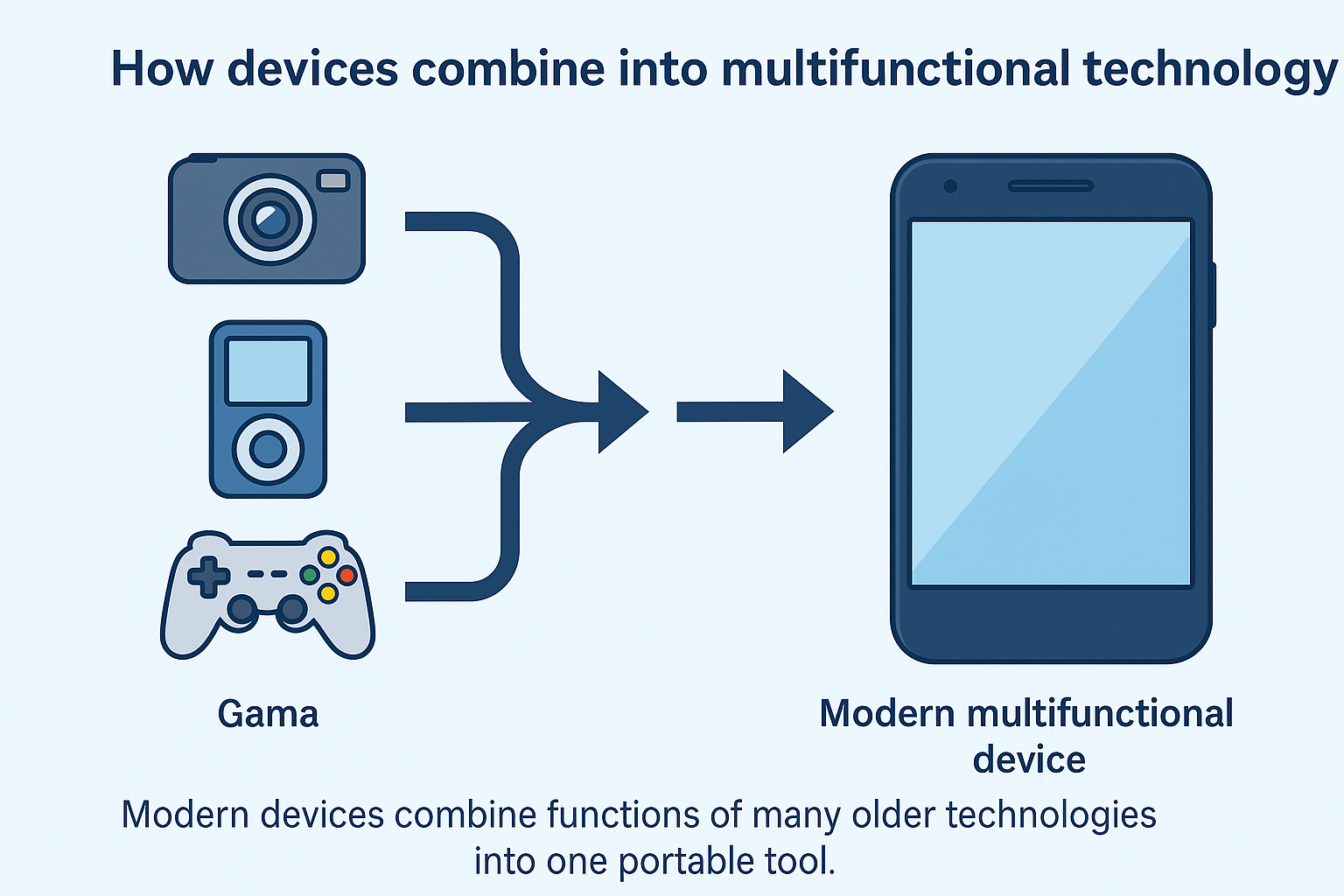Type of Digital Devices
Digital devices come in many different forms and are designed for various purposes. At one end of the scale are mainframe computers, powerful systems used by large organisations to process and analyse vast amounts of data. At the other end are microprocessors, small computer chips that control everyday household devices such as washing machines, televisions, and microwave ovens. Other common examples of digital devices include personal computers, digital cameras, and home entertainment systems, all of which process and store digital information to perform useful tasks.
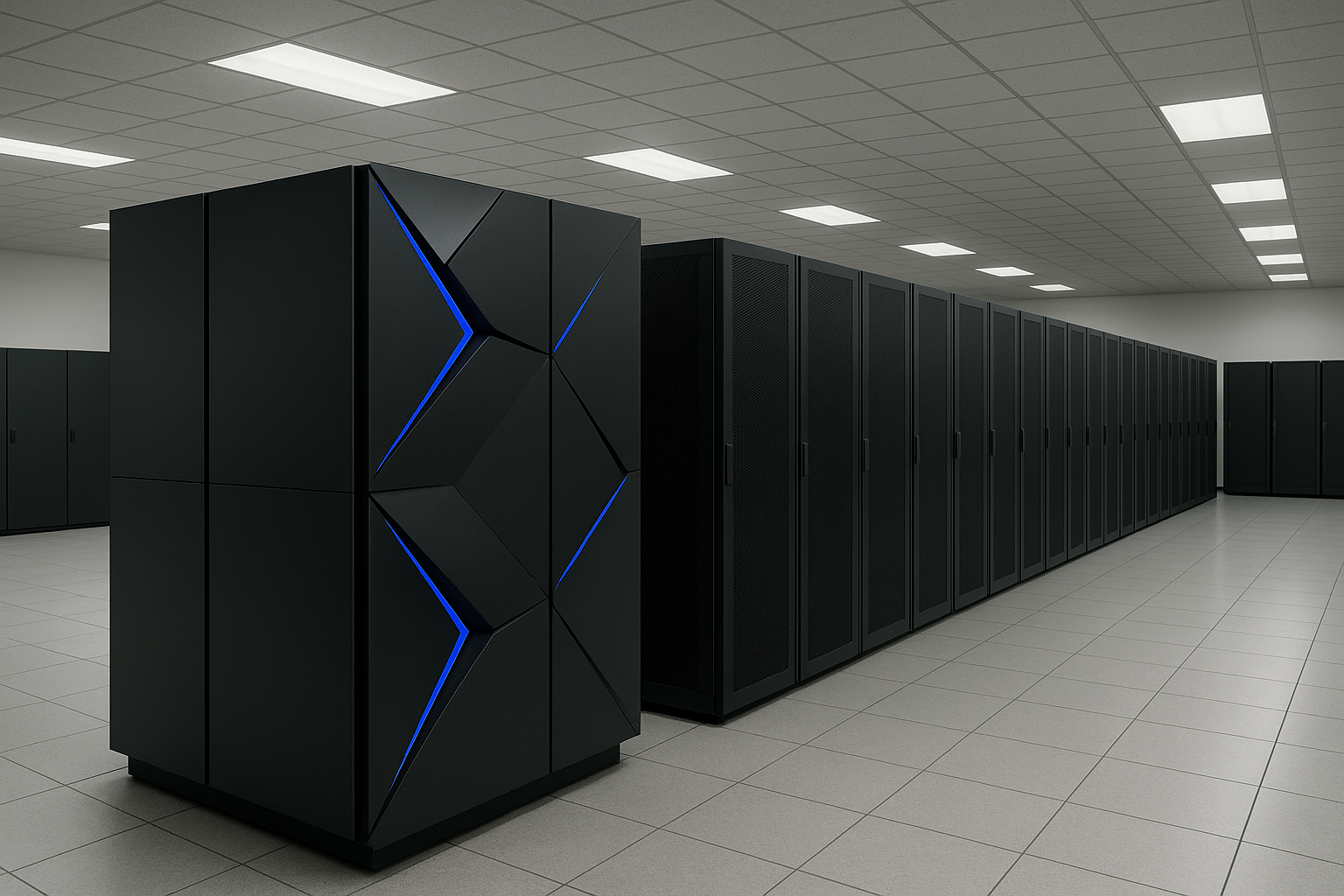
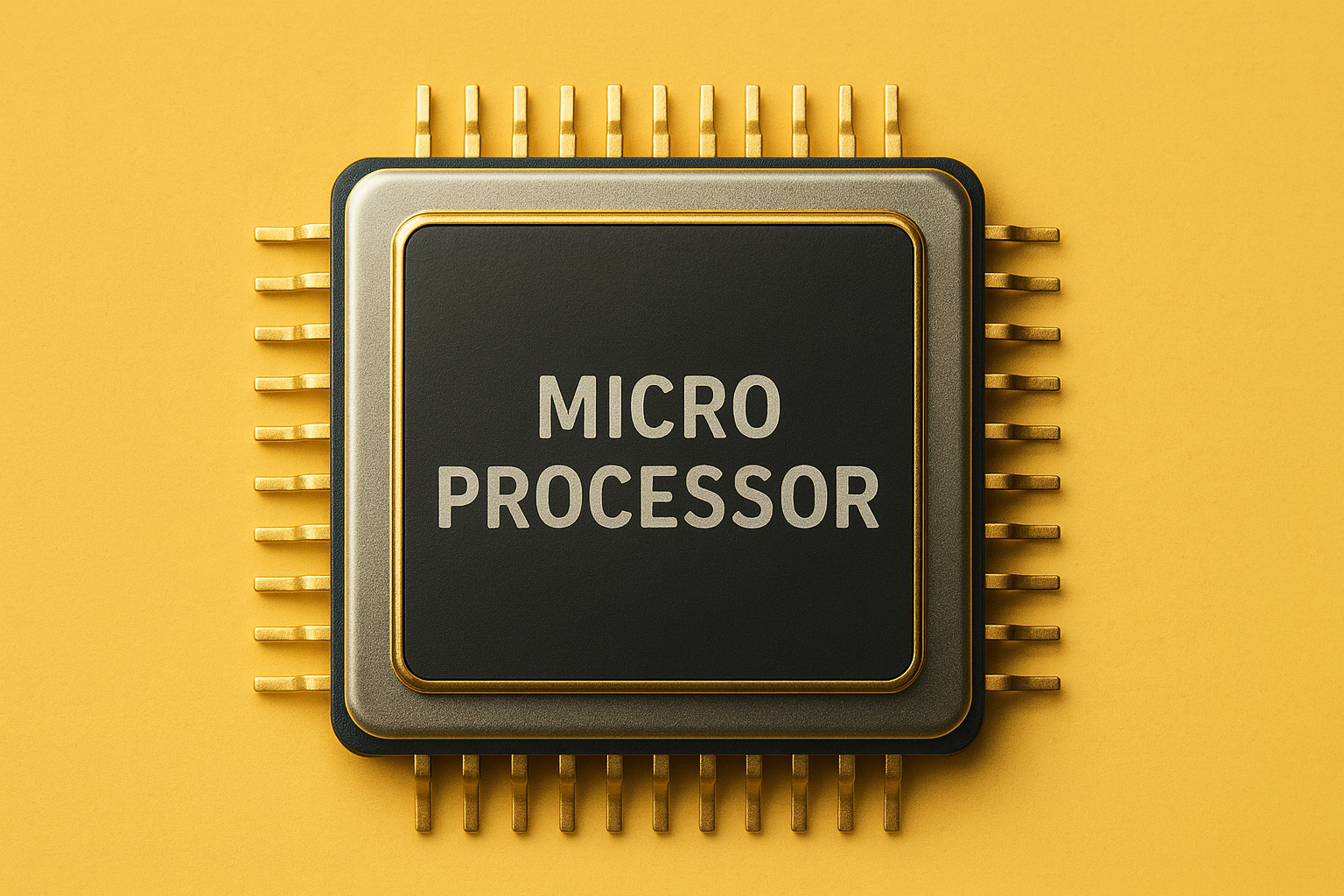
Personal Computers
Personal computers are the types of computers we usually find at home or in offices. They come in different styles and sizes, such as desktop computers and laptops.
Desktop Computers
Desktop computers are larger than laptops and have more space for internal parts.is extra space allows users to upgrade parts or add new components easily. Desktops usually need peripheral devices (external parts) connected to them, such as:
- 🖥️ Monitor – to display the screen
- ⌨️ Keyboard – to type
- 🖱️ Mouse – to control the pointer
- 🖨️ Printer – to print documents
Some desktop are all in one this mean that they combine the monitor with PC components into a single unit.


Laptops
Laptops are portable computers that come with a built-in keyboard, screen, and touchpad (used to control the pointer). They also have a rechargeable battery, which means they can be used without staying plugged in all the time.Because they are lightweight and easy to carry, laptops are a good example of a portable device — useful for school, home, or travel.

Single-Board Computers (SBCs)
Single-board computers are small, low-cost computers built on one single circuit board. They are often used in schools, STEM education, and coding or robotics projects. An example of an SBC is the Raspberry Pi Zero, which is very cheap and stores data using a microSD card. These computers are perfect for learning programming and building electronic projects.

Mobile Phones
Mobile phones need a SIM card to connect to a mobile network. SIM stands for Subscriber Identity Module. It stores information that helps the network recognize and connect your phone so you can make calls, send messages, and use mobile data.
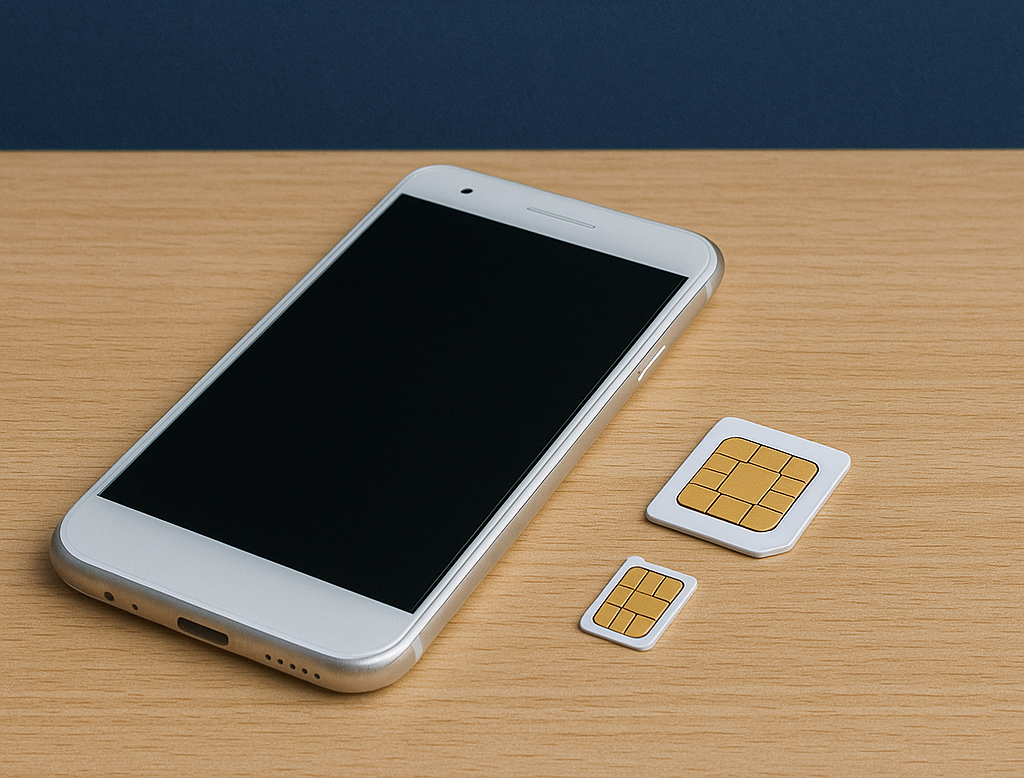
Specialist Phones
Some mobile phones are designed with special features to help people with specific needs. For example, certain phones have an emergency button that automatically calls a list of contacts until someone answers. These types of phones are especially useful for elderly users or people who may need quick help in an emergency.
Some desktop are all in one this mean that they combine the monitor with PC components into a single unit.
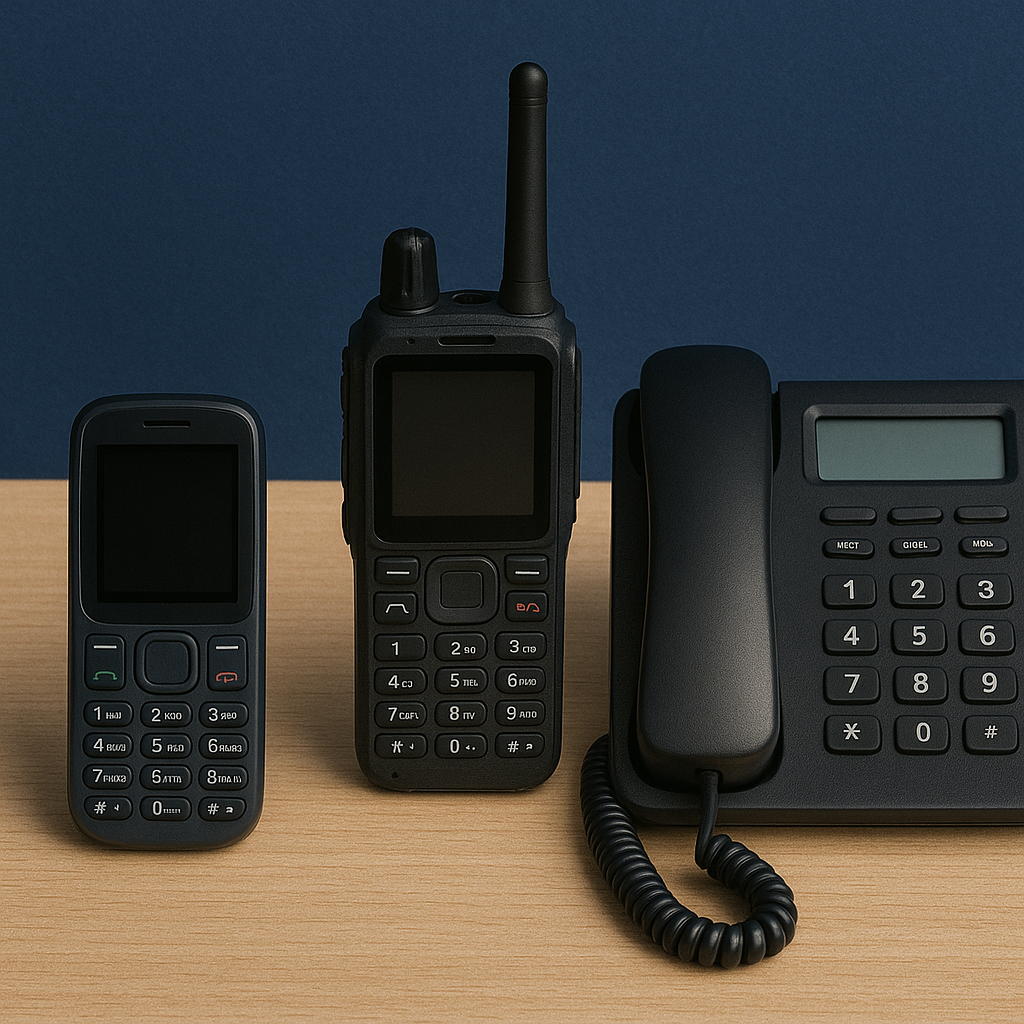
Smartphones
Smartphones are like small computers that can make phone calls and connect to the internet using Wi-Fi or mobile data. They include many features from other devices, such as cameras, music players, and even hand-held gaming consoles. You can install apps (applications) on a smartphone to add extra tools for learning, entertainment, and communication. Most smartphones have a touch screen, and a virtual keyboard appears on the screen when you need to type. Because smartphones have many built-in features, they use more power than simple mobile phones. This means their battery runs out faster, and they need to be charged more often
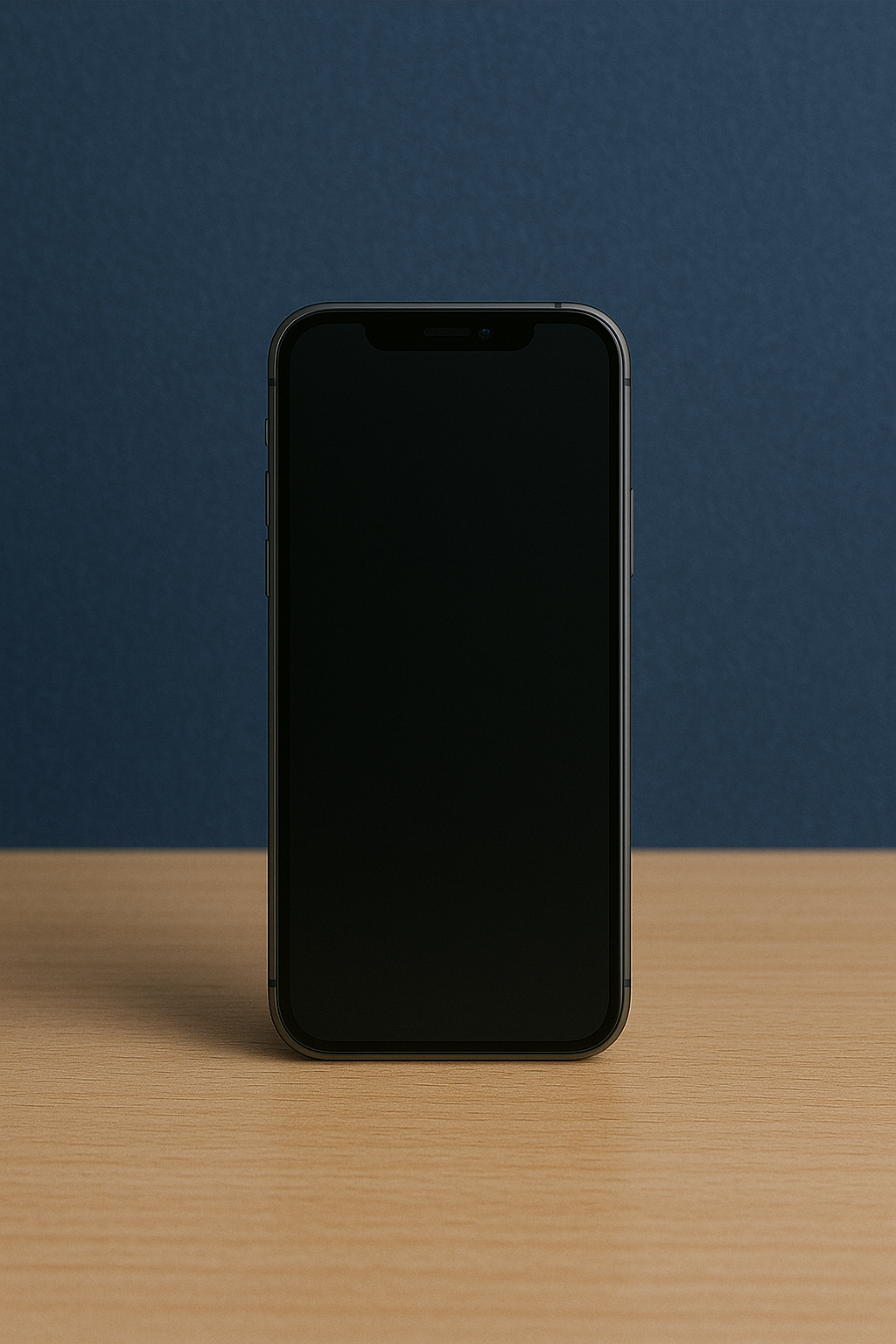
Tablets
Tablet devices, or tablets, are larger than smartphones but have many of the same features. They have a touch screen, can run apps, and connect to the internet using Wi-Fi. Some tablets also have a SIM card slot, which lets them connect to the mobile phone network. This means you can go online anywhere, even when there is no Wi-Fi available.
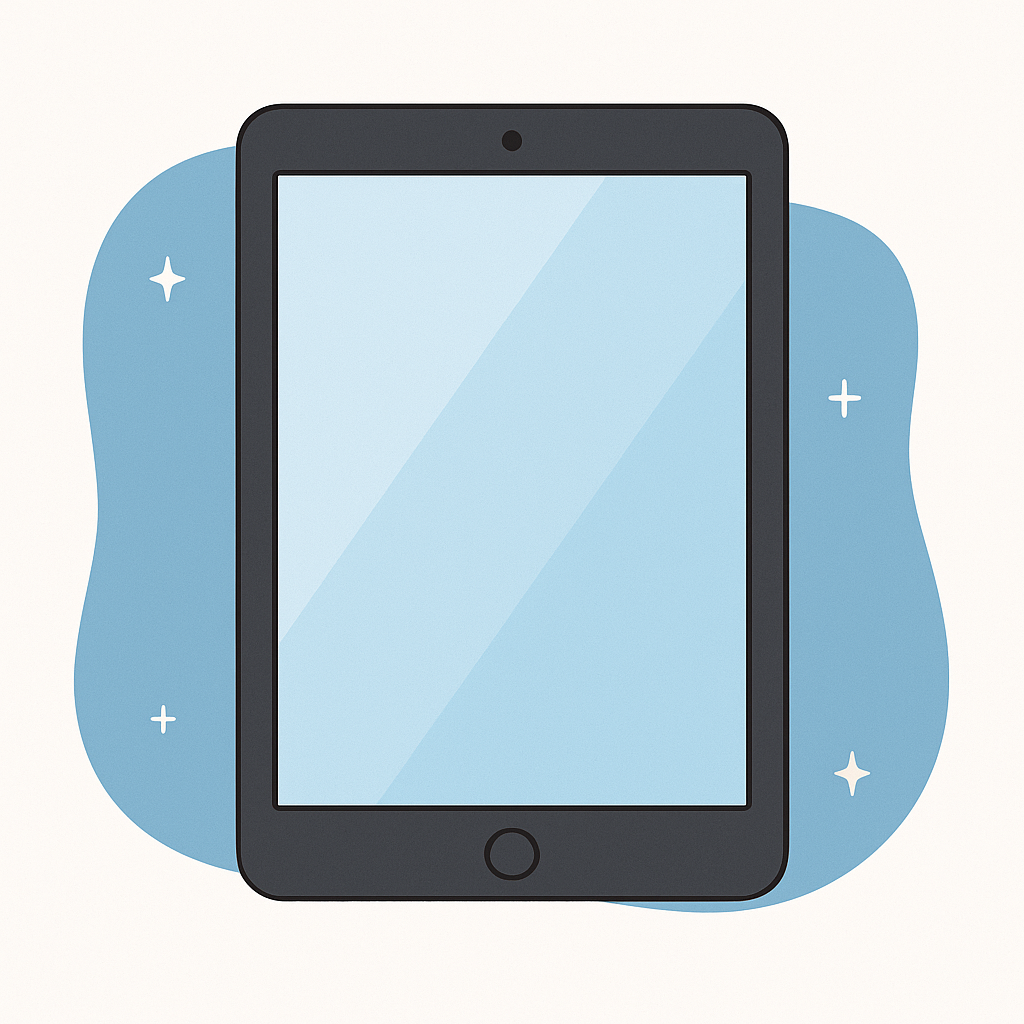
Digital Cameras and Camcorders
Digital cameras and camcorders use light sensors to capture images. Light passes through the lens and hits the sensor, creating either a photo or a video. In the past, cameras were used only for taking still pictures, and camcorders were for recording videos. Today, most digital cameras can record videos, and camcorders can also take still photos.
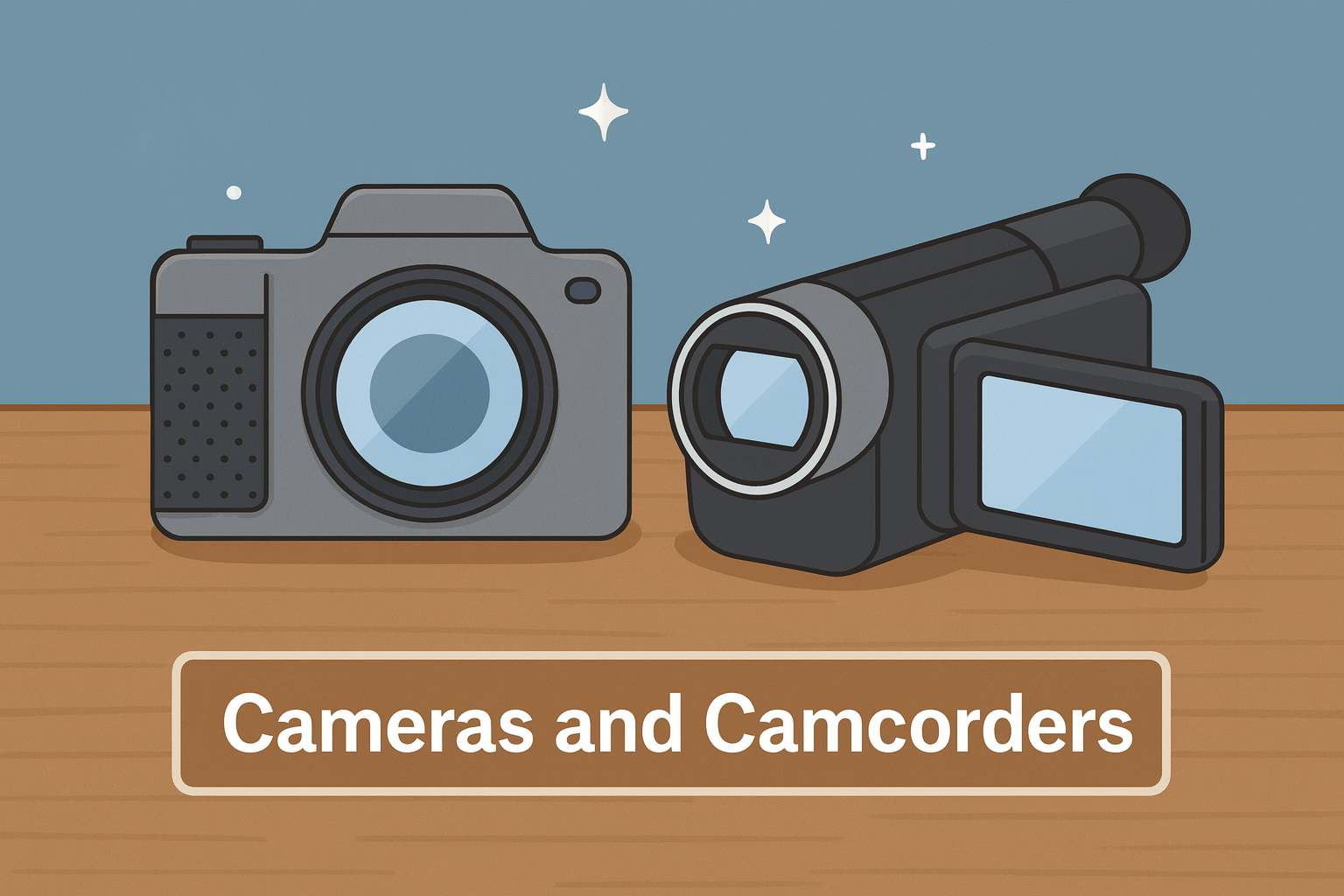
- the lens
- the image processor
- the sensor resolution
- A good lens lets in light clearly and allows you to control how much light enters the camera.
- A good image processor helps improve photos in poor lighting conditions.
- A sensor captures the image using tiny dots called pixels.Frame rate affects smoothness of motion.
More pixels mean better detail and sharper images. Some cameras even have more than one sensor to capture different colors of light.
📸 Camera Resolution and Image Display Size
| Resolution (number of pixels) | Maximum Display Size (pixels width × height) |
|---|---|
| 1.3 megapixel (1.3 million pixels) | 1280 × 960 |
| 2 megapixel | 1600 × 1200 |
| 3 megapixel | 2048 × 1536 |
| 4 megapixel | 2272 × 1704 |
| 8 megapixel and above | 2560 × 1920 |
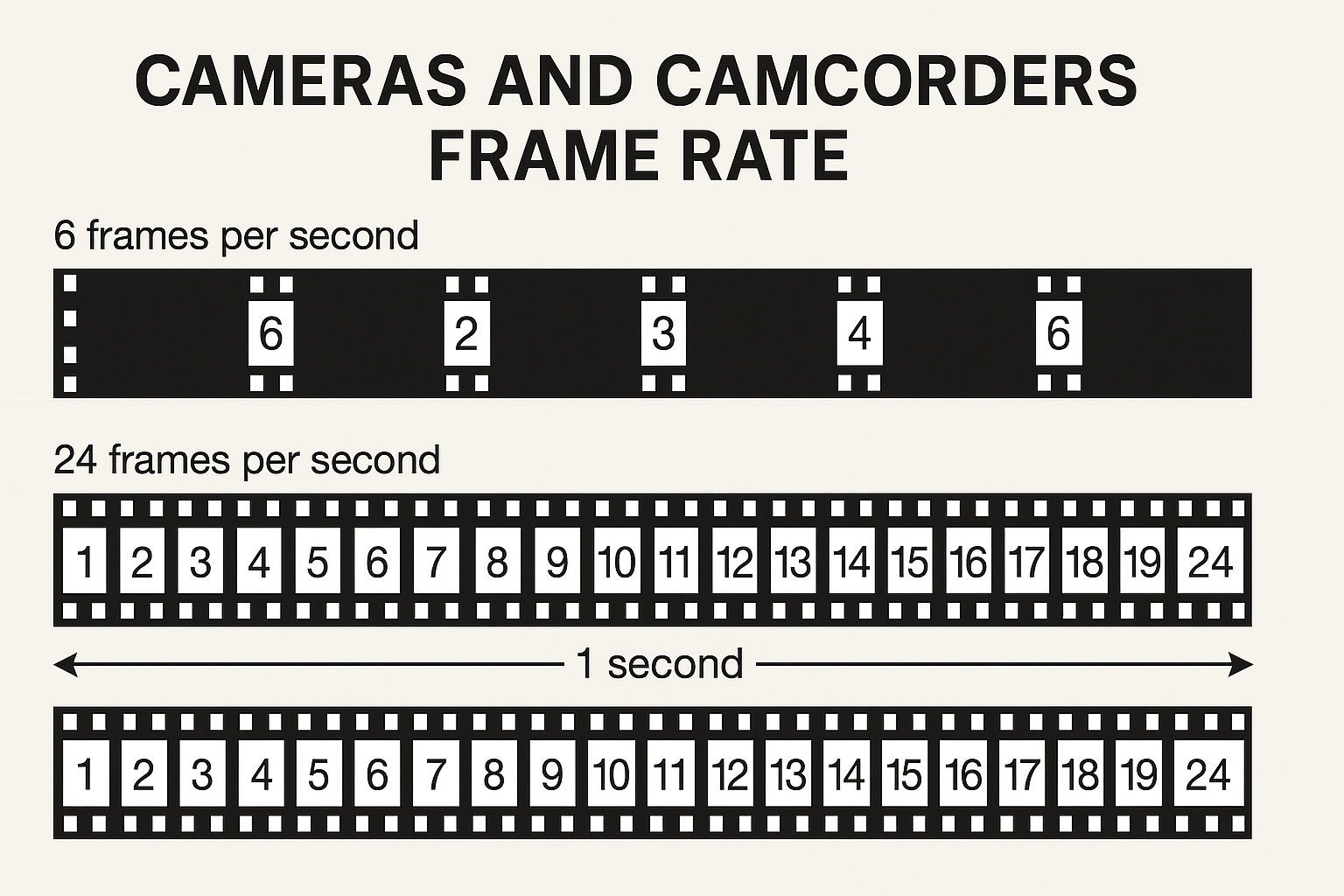
Home entertainment Systems
📺Television
Televisions show both pictures and videos on a screen. The sharpness and quality of the image depend on the number of pixels on the screen — this is called the screen resolution. A High Definition (HD) TV has more pixels, giving a clearer and more detailed picture than standard TVs.
The resolution of a TV is written as horizontal pixels × vertical pixels. For example:
- 1280 × 720 is called 720p
- 1920 × 1080 is called 1080p
Some newer televisions are Ultra High Definition (UHD), often called 4K or 8K. 4K TVs have about 4,000 horizontal pixels, while 8K TVs have about 8,000 pixels, making the picture extremely sharp and realistic, even when viewed up close.
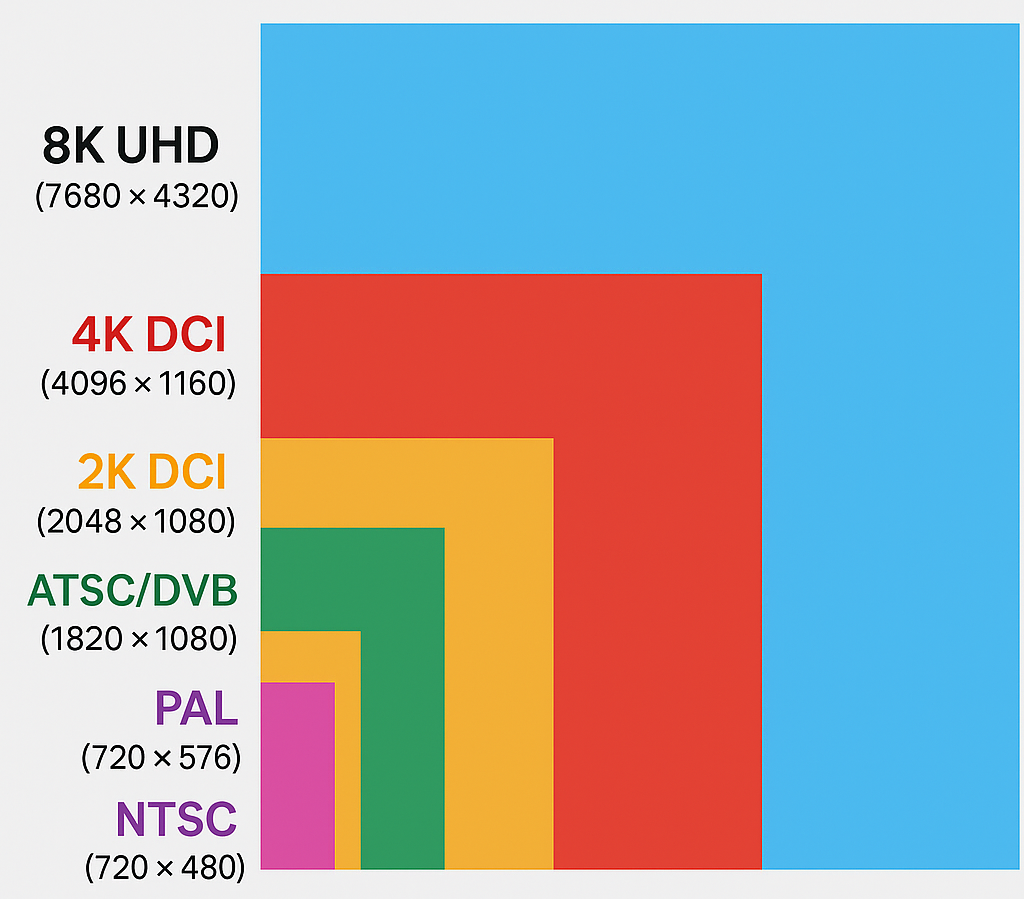
Most TVs have built-in speakers to produce sound, but because modern screens are very thin, the speakers are often small and not very loud. To improve sound quality, many people connect their TV to an external speaker or sound system. Smart TVs can connect to the internet, allowing users to download apps, watch online videos, and stream music or movies directly on the screen.
🔊Sound Systems
Sound systems are used to play loud and clear music or sound through speakers and amplifiers. Some speakers have built-in amplifiers, which make the sound stronger and better. Sound systems can play music from CDs or saved files. They can connect to devices like smartphones, tablets, and media players using: Wired connections such as USB cables Wireless connections such as Bluetooth Some sound systems can also connect to Wi-Fi networks to play music from other connected devices or directly from the internet.
🎞️ Personal Video Recorders (PVRs)
A Personal Video Recorder (PVR) is a device that allows you to record TV shows or movies so you can watch them later. Some modern devices include more than one function. For example, some satellite TV boxes have both a Set-Top Box (STB) to receive channels and a PVR to record programs.
💿 Blu-ray and DVD Players
Blu-ray and DVD players connect to a television to play movies and videos stored on discs. A Blu-ray player can usually play both Blu-ray and DVD discs, but a DVD player can only play DVD discs, not Blu-ray ones. Blu-ray discs can store high-definition (HD) movies, which have better picture and sound quality than DVDs. The newest 4K Ultra HD Blu-ray players can play 4K videos, giving a sharper and more detailed image on 4K TVs.
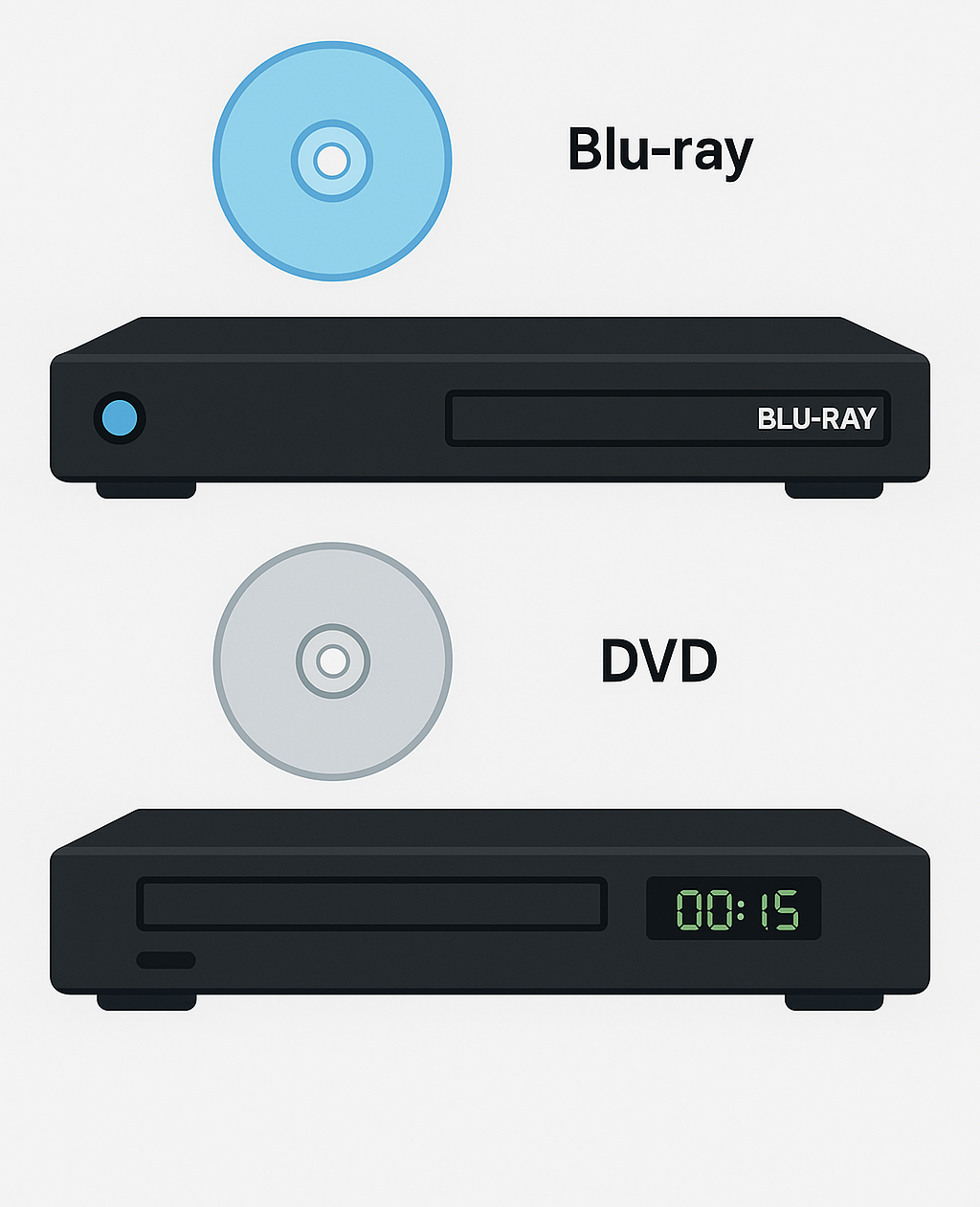
🎮 Game Consoles
Game consoles are devices made for playing video games on a TV screen. Games can be played from discs or downloaded from the internet. Players use controllers (often wireless) to move and control characters, vehicles, or objects in the game. Some modern consoles use motion sensors, allowing players to move their hands or body to control the game. Others use virtual reality (VR) headsets and controllers, which make players feel as if they are inside the game. In these games, your real-world movements are copied by your avatar — your digital character in the virtual world.
Today’s game consoles can do much more than just play games. They can connect to the internet and download apps for watching movies, listening to music, or chatting with friends online. Some consoles can also play DVDs, Blu-ray, or 4K Ultra HD Blu-ray discs, letting users watch films in high-quality video and sound.
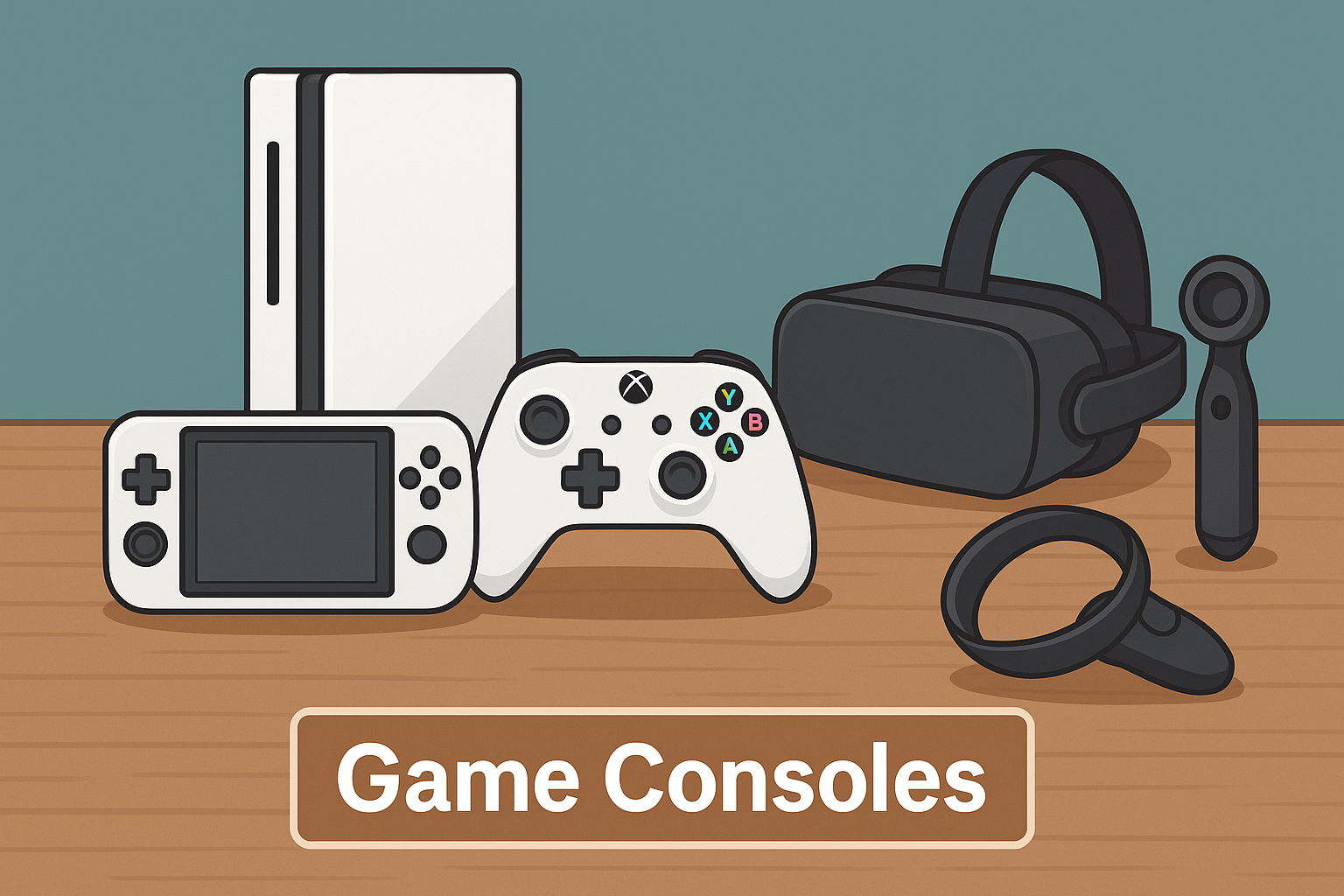
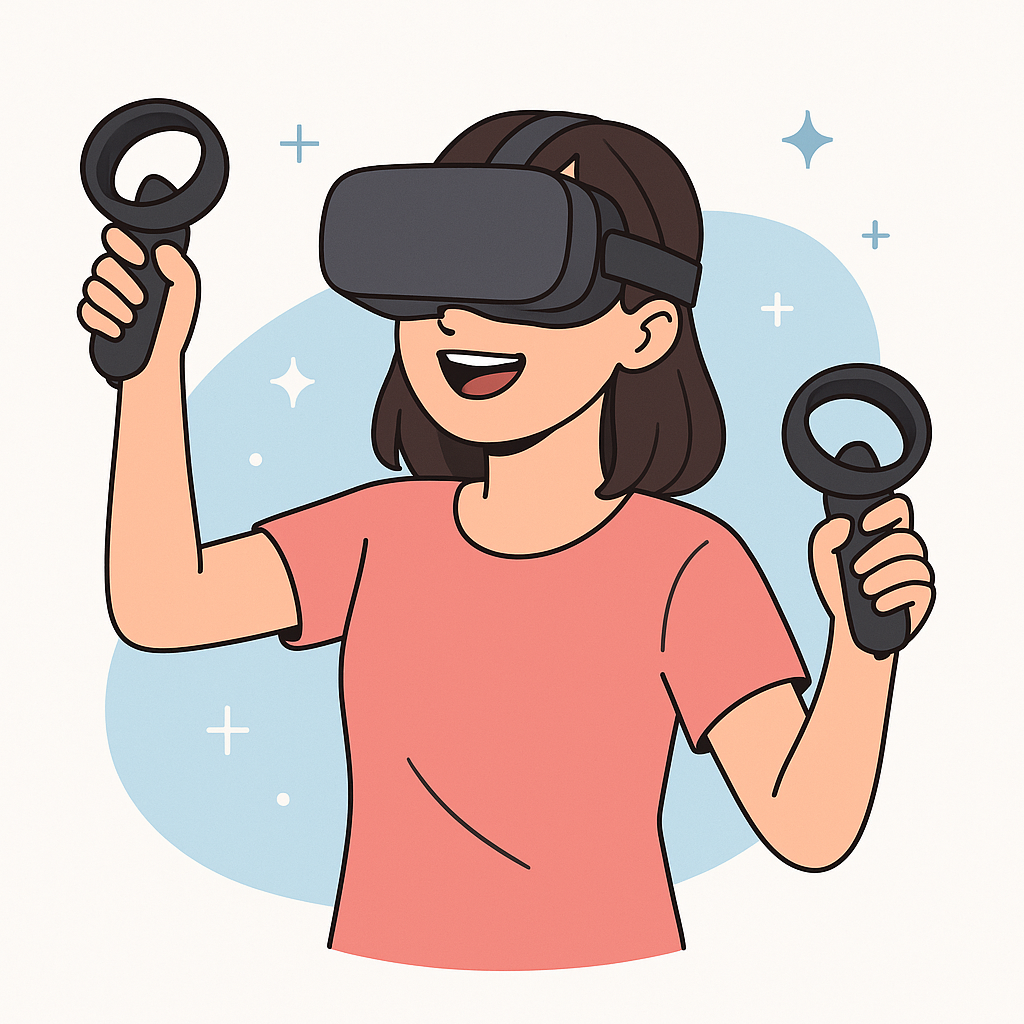
Handheld consoles are smaller versions of game consoles that you can carry around and play anywhere. They have a built-in screen and less storage space than a full-sized console.
-
Because of this, the games made for handheld consoles usually have:
- Simpler graphics and sound
- Shorter or less complex stories
- Smaller file sizes, so they don’t use too much data Even though the games are smaller, handheld consoles are great for portable gaming on the go.
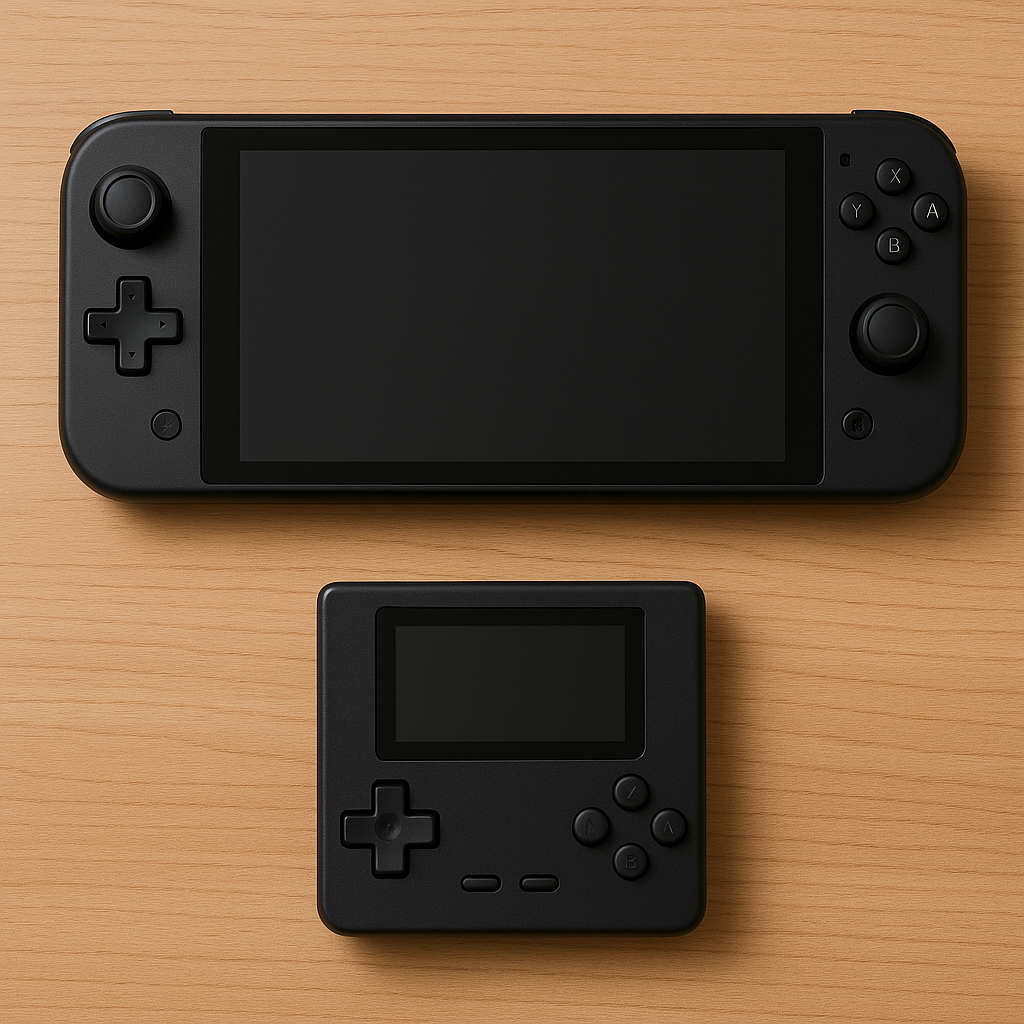
🎵 Media Players
Media players are devices that play videos and music on a television. They can stream content from the internet or play files stored on local devices. Media players can connect to a TV using cables or wireless networks like Wi-Fi. They are usually controlled with a remote or a smartphone app, and some can even show 4K video for very clear images.
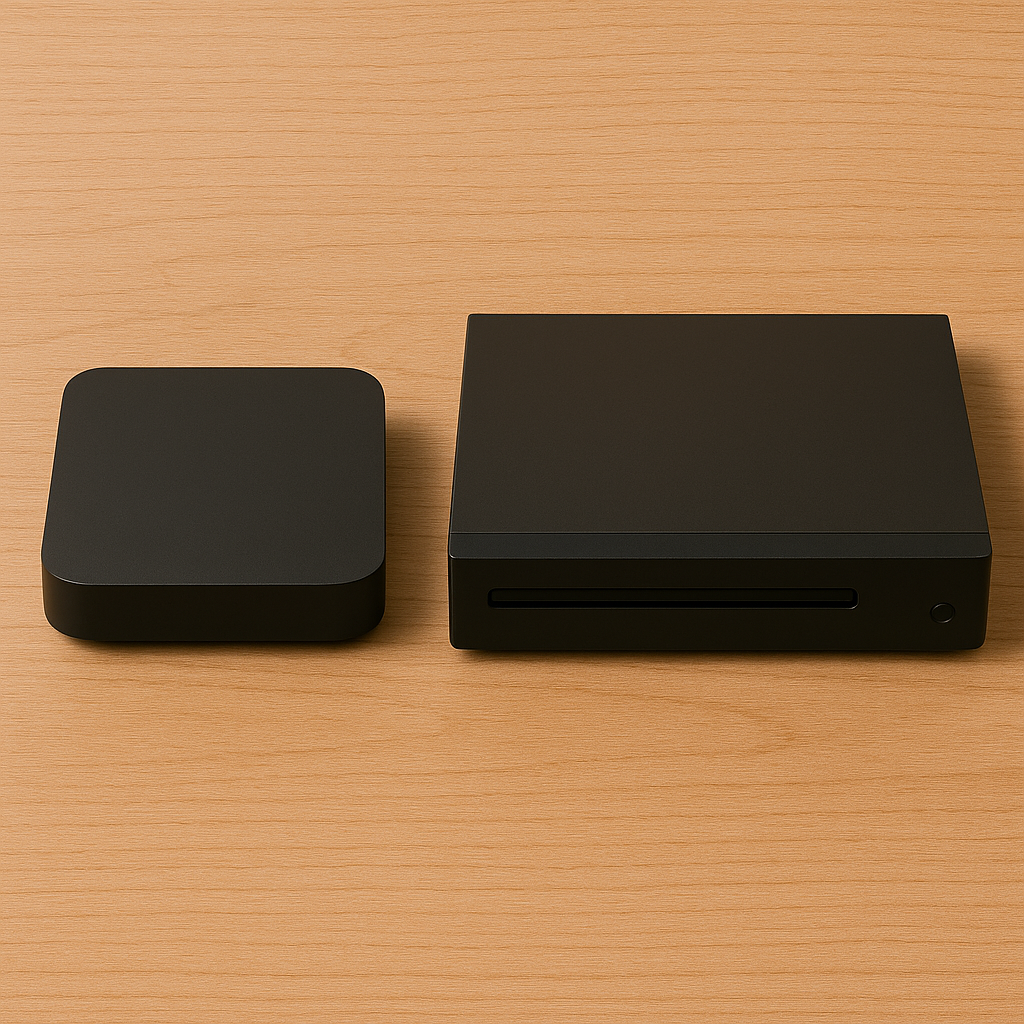
🎧 Personal Media Players
Personal media players are small, portable devices used to play music or videos while traveling or exercising. They have built-in storage to save media files and often use flash memory, which is strong and not damaged by movement or shaking. Because they are lightweight and have long battery life, they are great for use on the go.

🧭 Navigation Aids
Navigation aids, also called Sat-Navs, help users find the best route from one place to another. They are commonly used in cars, delivery vehicles, and ships. These devices give visual and audio directions to guide drivers — for example, when to turn or change routes. Some navigation aids are made for walkers, cyclists, or runners, with features like waterproofing, shock protection, and voice alerts.
🌍 How Navigation Aids Work
Navigation aids use signals from GPS satellites to find their exact location on Earth. They also use sensors to detect direction and movement, showing the user’s position on a digital map. Maps can be stored on the device or downloaded from the internet when updates are needed. GPS itself does not require an internet connection, but downloading new map updates usually does.
📱 Smartphones and Navigation
Many people now use smartphones instead of separate Sat-Navs. There are many navigation apps available that give real-time directions, traffic updates, and even voice guidance to help users reach their destination easily.
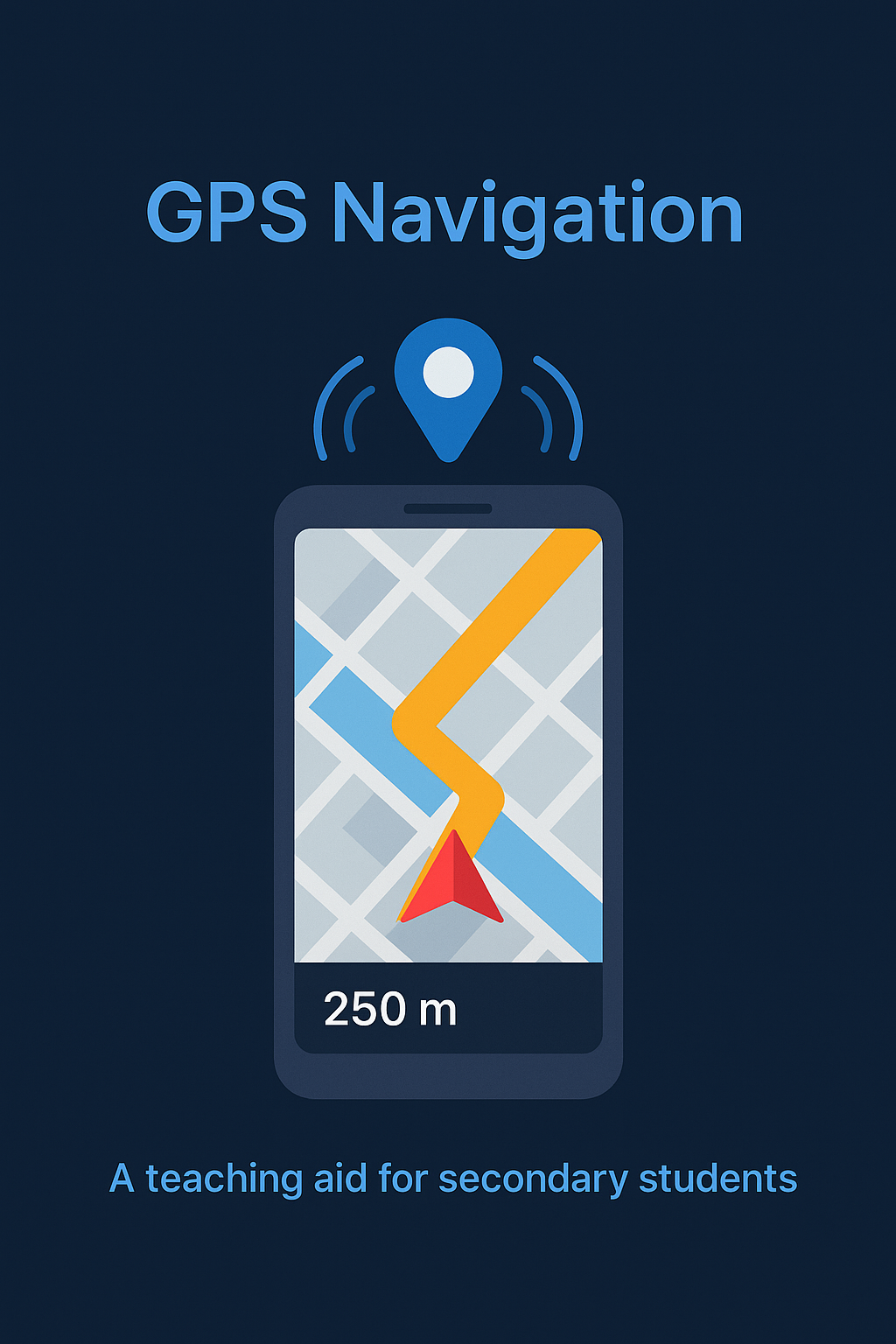
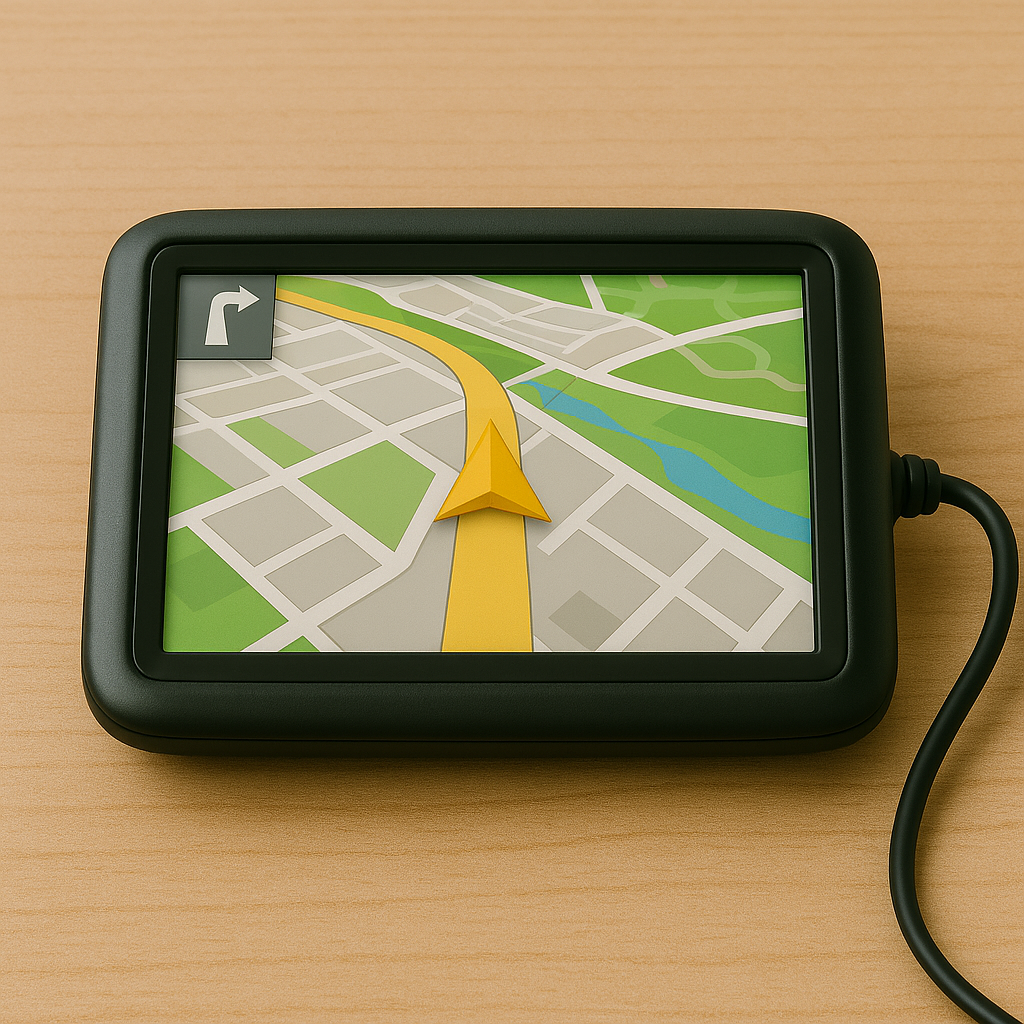
🏠 Smart Home Devices
Smart home technology is a new type of innovation that helps make homes more automated and convenient. These systems connect different digital devices that can control things like temperature, lighting, and security. For example, a home automation system can turn lights on or off automatically or adjust the heating when needed. Homeowners can control these devices using apps on smartphones or through the internet, even when they are away from home.
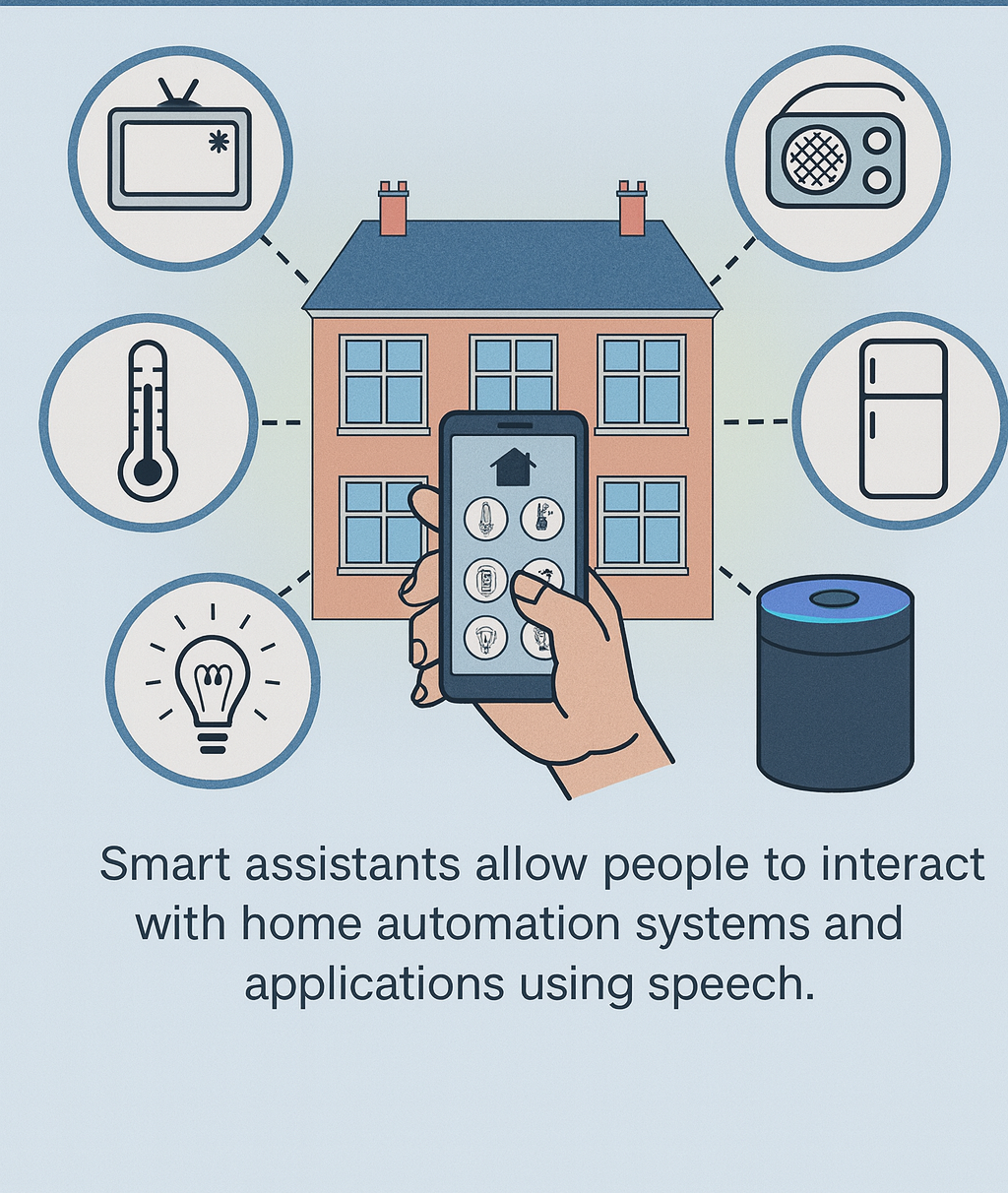
🔄 Multifunctional devices and convergence
Convergence means that different types of devices are becoming more similar in what they can do. For example, smartphones and tablets now share many of the same features. A smartphone is smaller and can connect to mobile phone networks, while a tablet is bigger but often connects to the internet using Wi-Fi. Newer smartphones are getting larger screens, making them look like tablets — sometimes called “phablets.” At the same time, tablets can now make calls and connect to mobile networks, just like smartphones. Even digital cameras are changing — many now have Wi-Fi and can upload photos directly to the internet.
